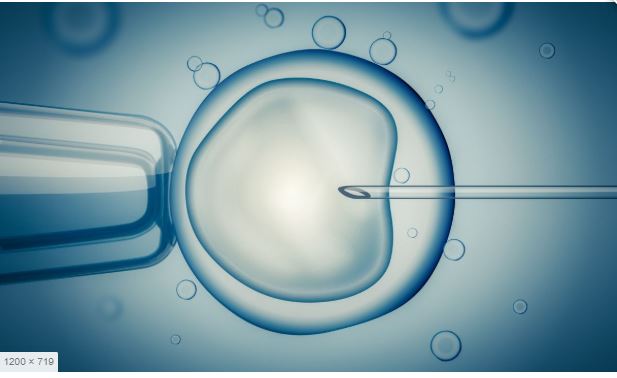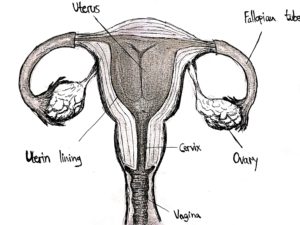Male-factor infertility is solely or partially implicated in approximately 40% of infertility cases. However, it is not always easy to understand and diagnose the precise cause of the male infertility. A diagnosis of unexplained male infertility (UMI) is given when all of the patient’s test results are seemingly normal, including the semen analyses, hormone levels, and physical exam, and when female factor infertility has already been ruled out.
UMI accounts for about 15% of male infertility cases. There are several factors that may contribute to the difficulty of these couples to conceive:
1. Anti-sperm antibodies: Normally, the body’s immune system does not come into contact with sperm cells. However, if, due to infection, trauma, or an obstruction, they do, the sperm cells will be treated as invaders, and the immune system will attack them, making it difficult to achieve a natural pregnancy.
2. Sperm DNA damage: If the genetic material inside the sperm cells is damaged, or has genetic abnormalities, it could impact the ability to achieve a natural pregnancy.
3. Reactive Oxygen species (ROS): When there is an imbalance of reactions taking place in the body, it can lead to a state of oxidative stress, with too many ROS. This oxidative stress can cause damage in the body, affecting sperm function.
4. Sperm dysfunction: In order to achieve fertilization of the egg, each step must occur correctly. If the sperm malfunctions at any of these steps, then it will be unlikely to achieve a natural pregnancy.
5. Timing of intercourse: If the couple is not timing their intercourse correctly, so that sperm is present in the woman’s body when she ovulates, then their chances of pregnancy will be lower. It is therefore important to take a complete medical and sexual history when attempting to diagnose UMI.
6. Erectile dysfunction: If the patient is unable to attain or maintain an erection during sexual intercourse, a condition that can be caused by venous leaks or nerve dysfunction, as well as psychological factors, then he will be unable to achieve a natural pregnancy with his partner. It is therefore important to take a complete medical and sexual history when attempting to diagnose UMI.
Approximately 15% of male factor infertility can be attributed to unexplained male infertility.



